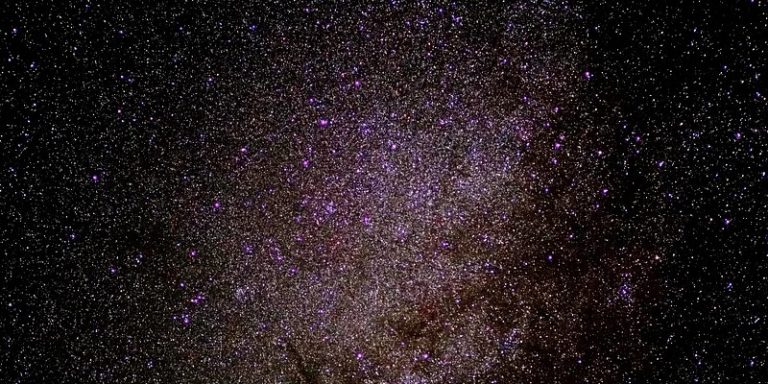
Cosmological simulations of galaxy formation are limited by finite computing resources. Using artificial intelligence, researchers at Carnegie-Mellon University in the United States have developed a solution for solving cosmological simulations using neural networks. It allows simulating large volumes of the Universe on a graphics card while maintaining high resolution.
Artificial intelligence as a solution for high resolution simulations
Cosmological simulations are regularly used to try to understand certain phenomena or aspects of the Universe such as dark energy or dark matter. However, these simulations are currently only available in two formats:
- Processing a small area with very good resolution
- Treatment of a large area with low resolution
It is possible to format a simulation so that it is of high resolution, but this takes several weeks. However, researchers like to work on large areas in order to be much more efficient in their research. With this in mind, a team of researchers from Carnegie-Mellon University describe in their publication how they designed a technique to improve simulations using AI.
Yin Li, Yueying Ni, Rupert A. C. Croft, Tiziana Di Matteo, Simeon Bird and Yu Feng are the six authors of the paper.
A model based on generative adversarial neural networks
Using generative adversarial neural networks (ANNs), the researchers developed a super-resolution model to improve the quality of low-resolution simulations. Using high-resolution images, these GANs were trained to create accurate super-resolution versions of different low-resolution images.
One network takes a low-resolution simulation as its anchor and then invents its own techniques to multiply the image resolution by 512. A second network guesses whether the technique used is new or whether the original network used a previously used method. The technique is repeated for as long as necessary so that the simulation is high resolution and then becomes super resolution, as shown in the diagram opposite:

If with a more classical technique, it took 560 hours (more than 23 days) to reach high resolution over an area of 5000 light-years and 134 million particles, only 36 minutes are sufficient with this new method. There is, however, one problem: the model does not take into account the effects of star formation, black holes or supernovas. However, the researchers hope to include these phenomena in future versions of their solution.
Translated from Des réseaux de neurones pour obtenir des simulations cosmologiques de haute qualité









